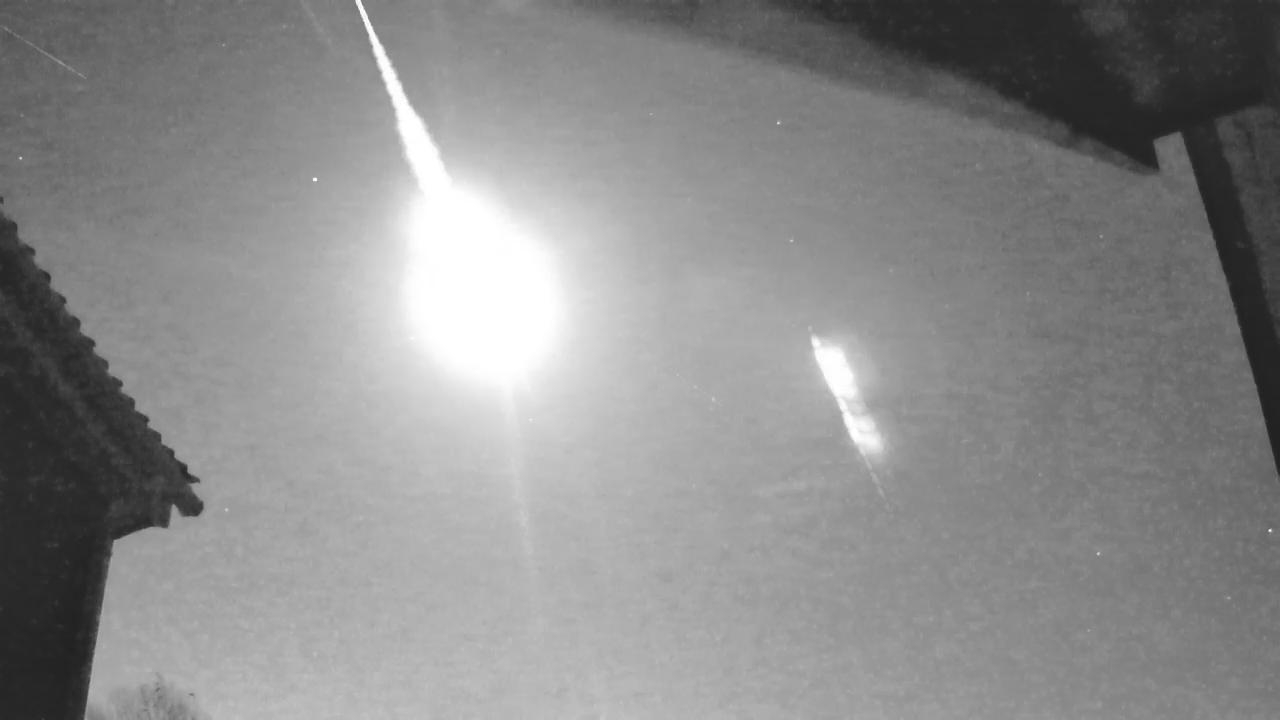
Meteor Activity Outlook for August 25-September 1, 2023
Peter Meadows captured this brilliant fireball from Chelmsford, England, on November 24, 2022 at 06:13 GMT using a GMN/UKMON Camera…

Peter Meadows captured this brilliant fireball from Chelmsford, England, on November 24, 2022 at 06:13 GMT using a GMN/UKMON Camera…
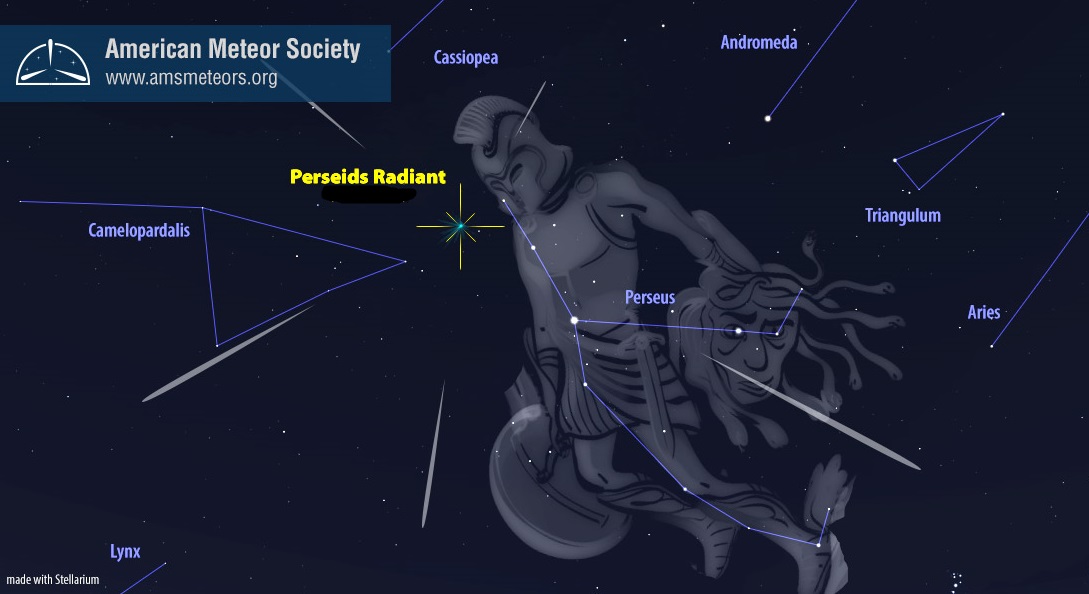
Comet Dust Each July and August the Earth encounters debris left behind from comet 109P/Swift-Tuttle. This comet has an orbit…
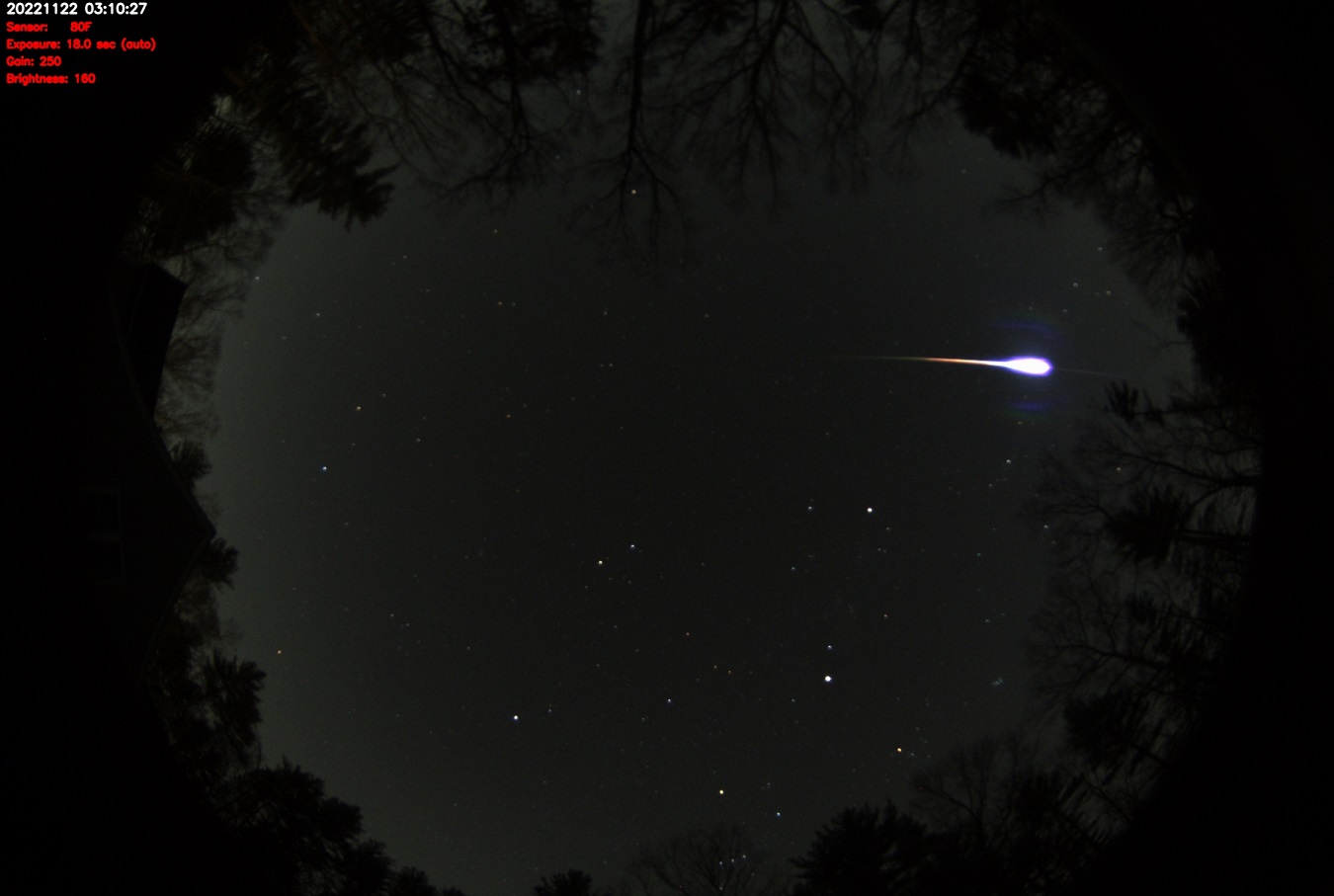
Dave Giordano captured this colorful fireball at 3:10am EST (8:11 UT) on November 22, 2022 from Carlisle, Massachusetts USA. For…
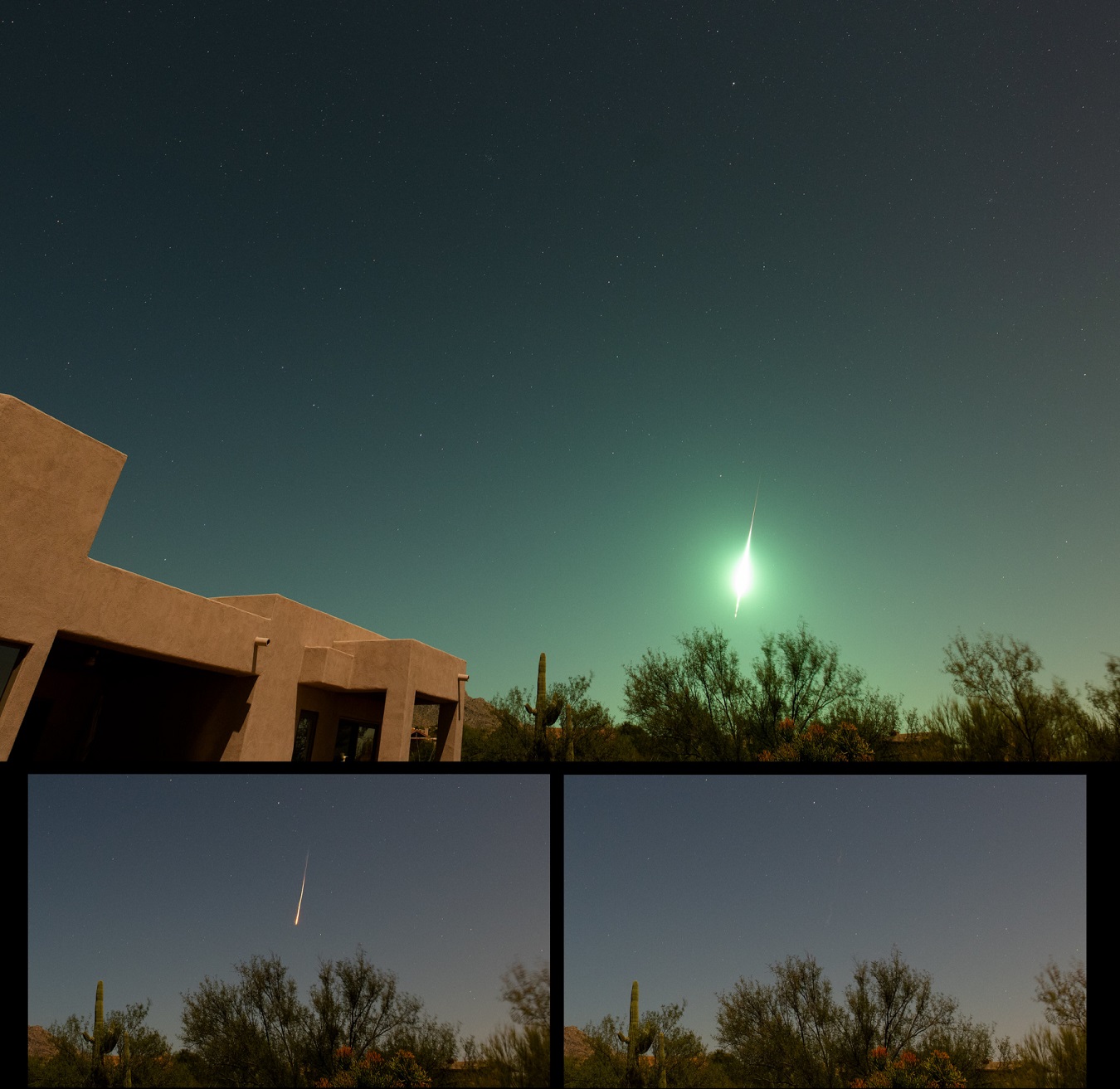
Following his capture of a bright Taurid on November 5, Eliot Herman captured another exceedingly bright Taurid fireball on November…

Dr. Tony Cecala captured this bright multi-bursting Taurid fireball on November 6, 2022, at 05:51 CST (10:51 UT) from Lone…

Eliot Herman captured this bright multi-bursting Taurid fireball on November 5, 2022, at 02:08 MST (9:08 UT) from Tucson, Arizona,…

Jordan Ragsdale captured this bright fireball near the moon using his AllSky Camera System on November 4, 2022, at 00:58…
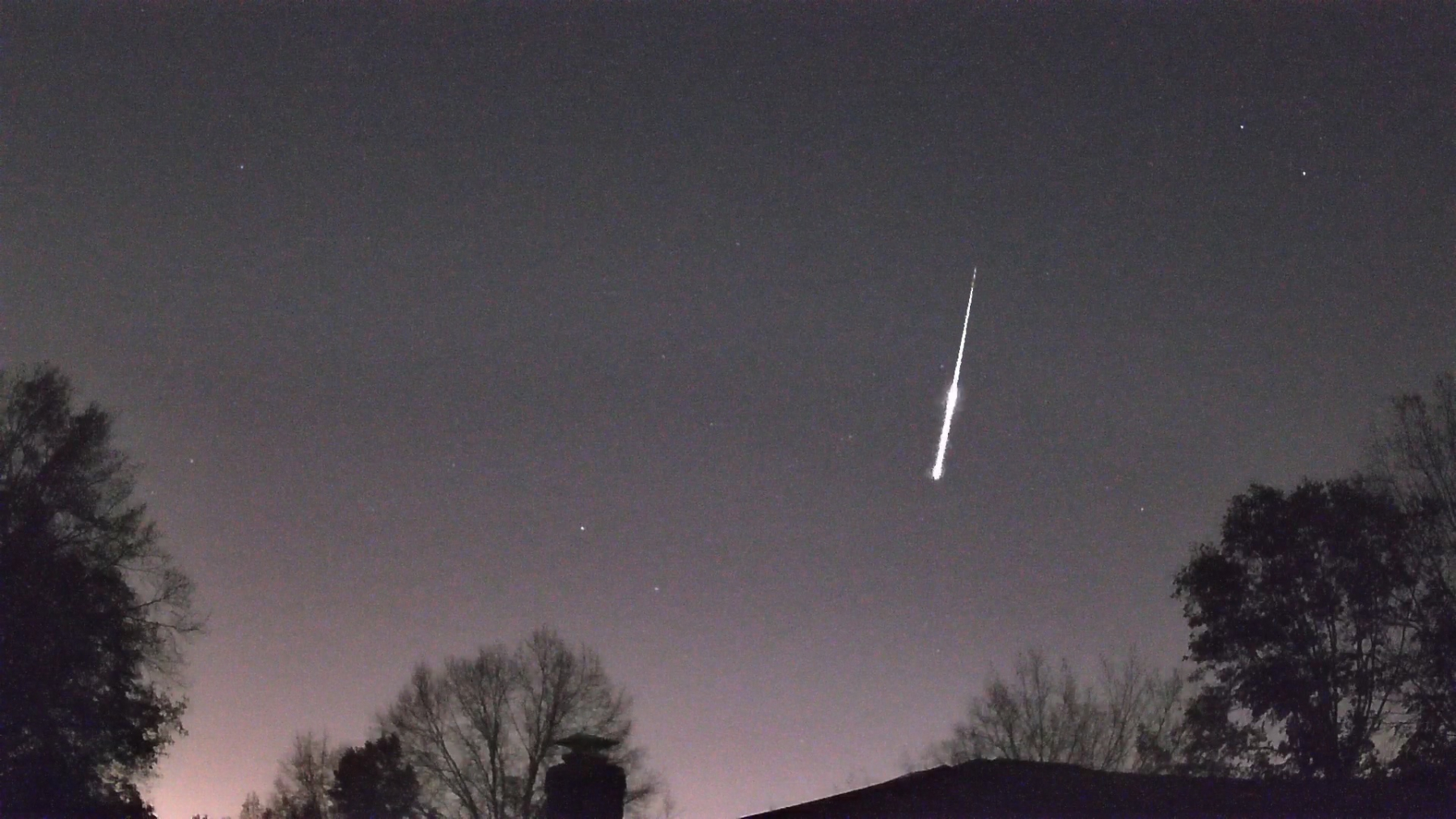
Ryan Connor captured this bursting fireball on November 2, 2022, at 02:18 EDT (06:18 UT) from North Royalton, Ohio USA.…
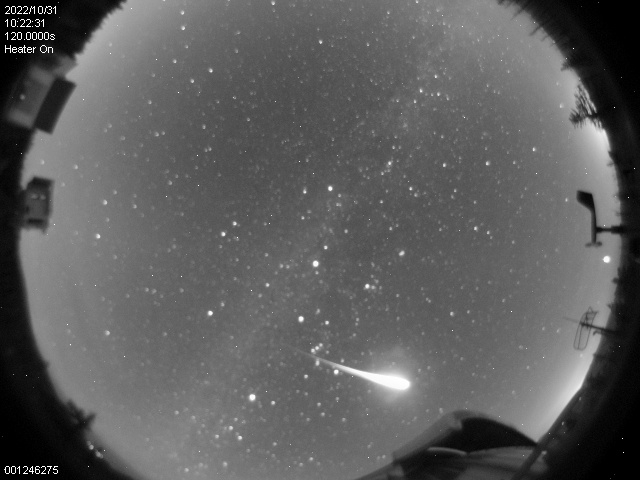
Steve Allanson captured this brilliant sporadic fireball using an all sky camera on October 31, 2022, at 03:23 MST (10:23…

Ryan Conner captured this multi-bursting Southern Taurid fireball using his AllSky Camera System on October 29, 2022, at 19:53 EDT…
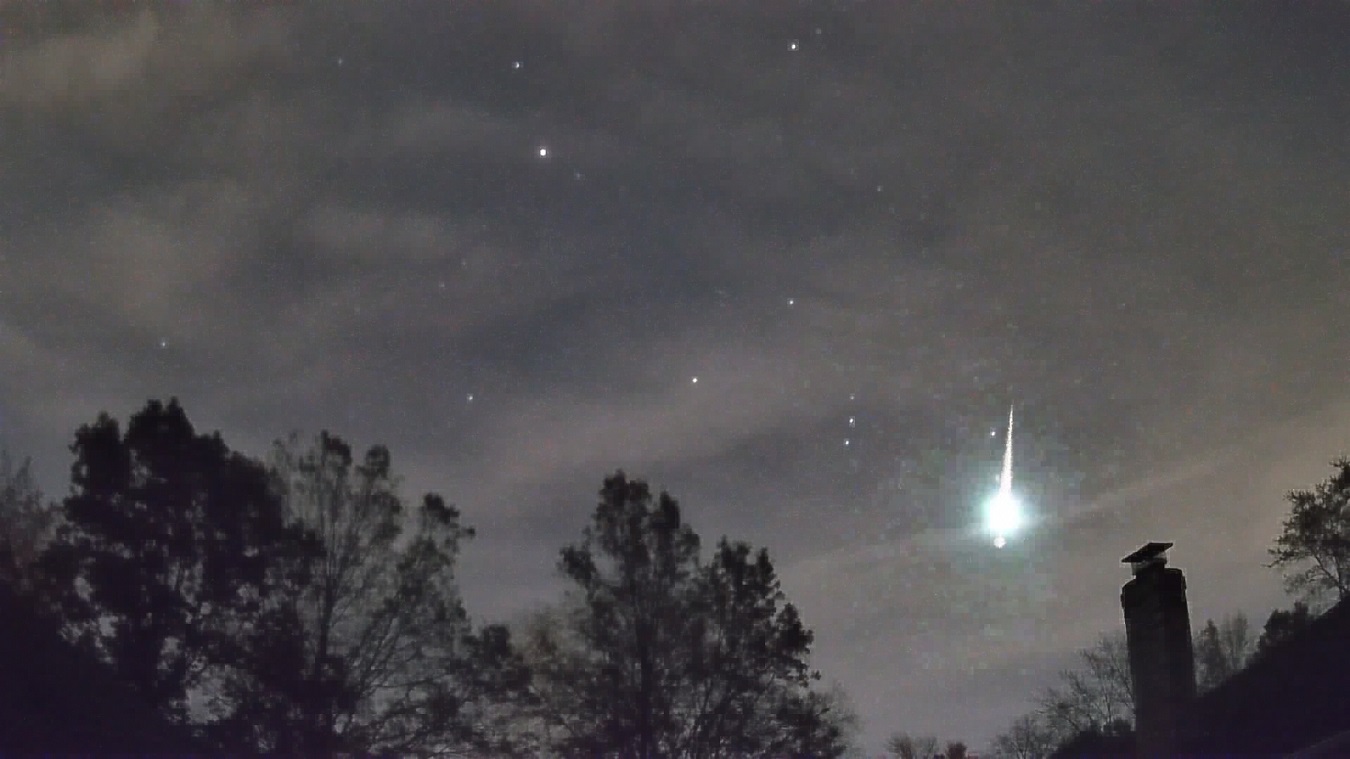
Ryan Conner captured this brilliant Southern Taurid fireball using his AllSky Camera System on October 28, 2022, at 01:14 EDT…
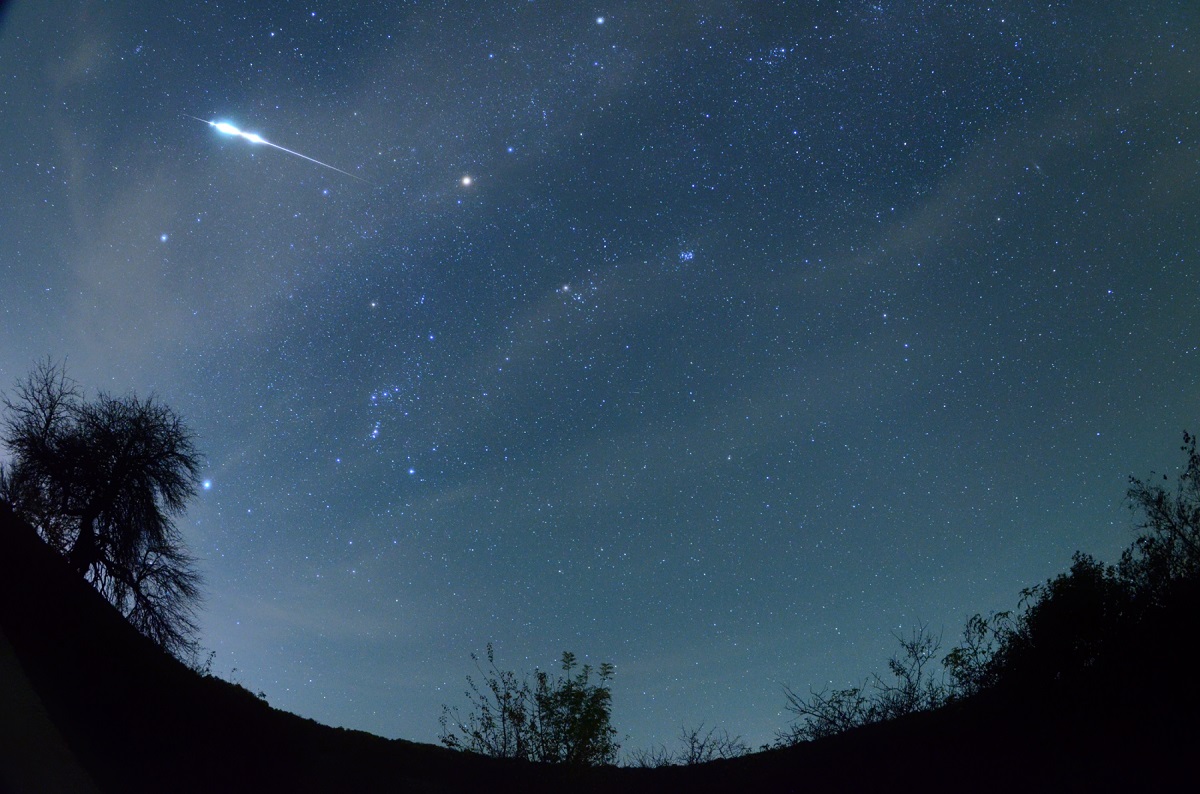
Mónika Landy-Gyebnár captured this multi-bursting South Taurid fireball on October 26, 2022, at 03:43 CEST (1:43 UT) from Hárskút, Hungary.…

Chris Hall captured this multi-bursting fireball while photographing this homestead on June 19, 2020, at 00:48 CDT (5:43 UT) from…

Jordan Ragsdale captured this Southern Taurid fireball using his AllSky Camera System on October 23, 2022, at 23:04 MDT (5:04…
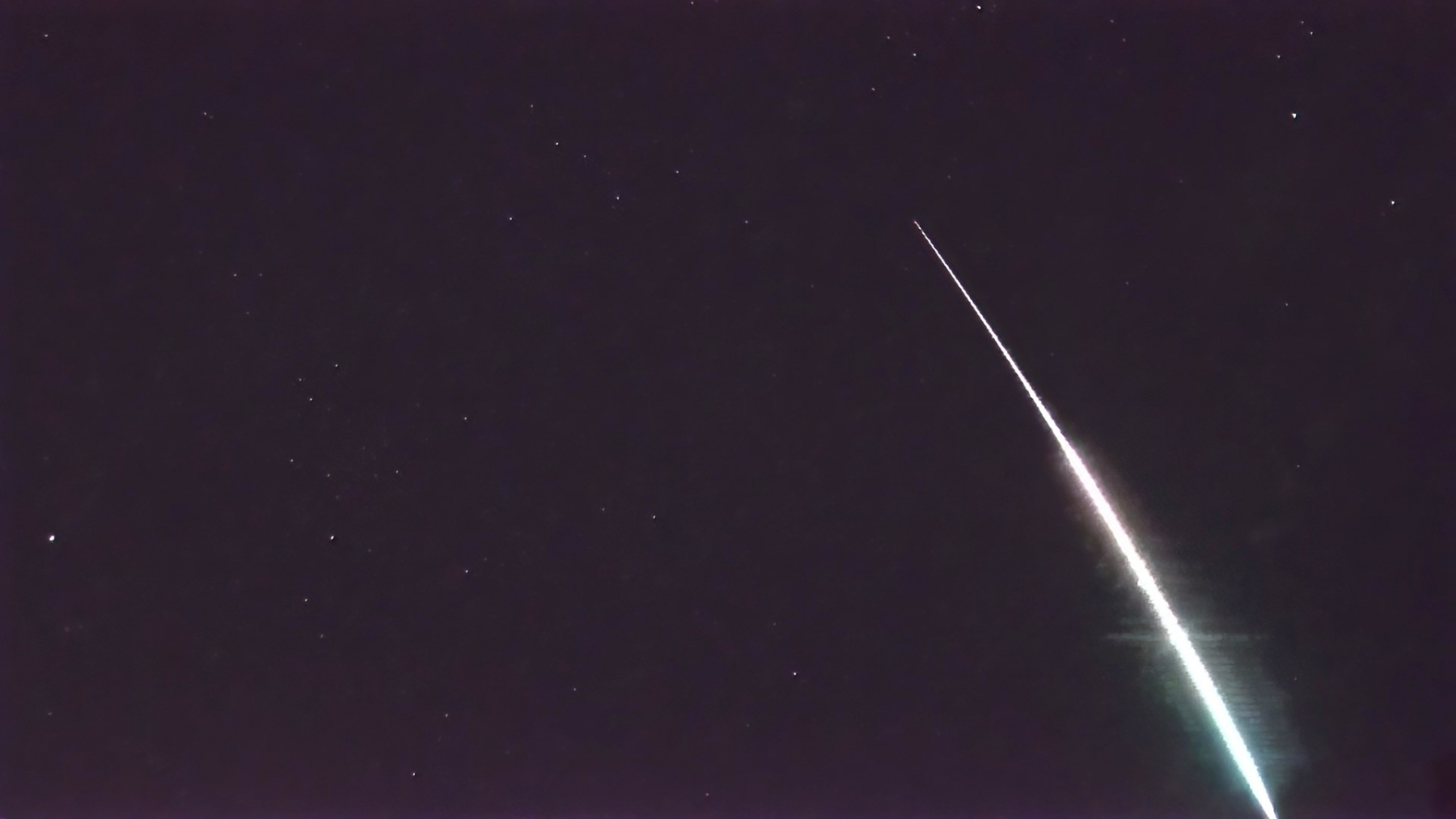
Jordan Ragsdale captured this Orionid fireball using his AllSky Camera System on October 23, 2022, at 01:42 MDT (4:03 UT…
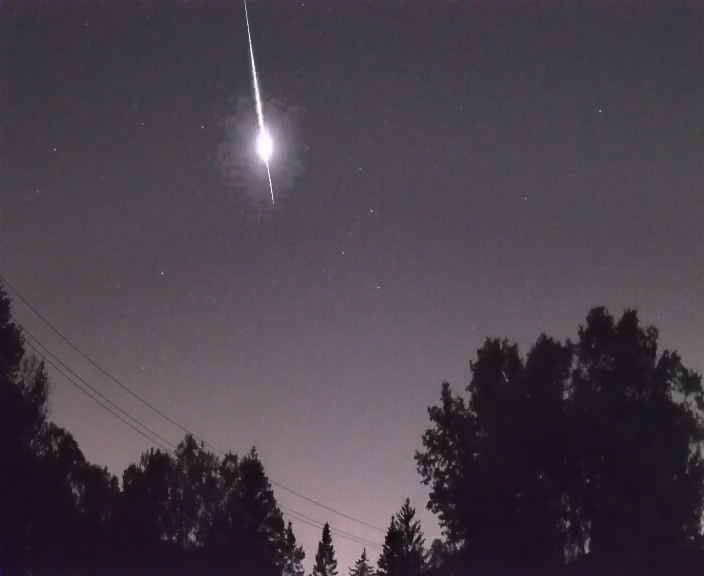
Ryan Connor captured this brilliant Orionid fireball on October 22, 2022, at 06:03 EDT (10:03 UT) from North Royalton, Ohio…
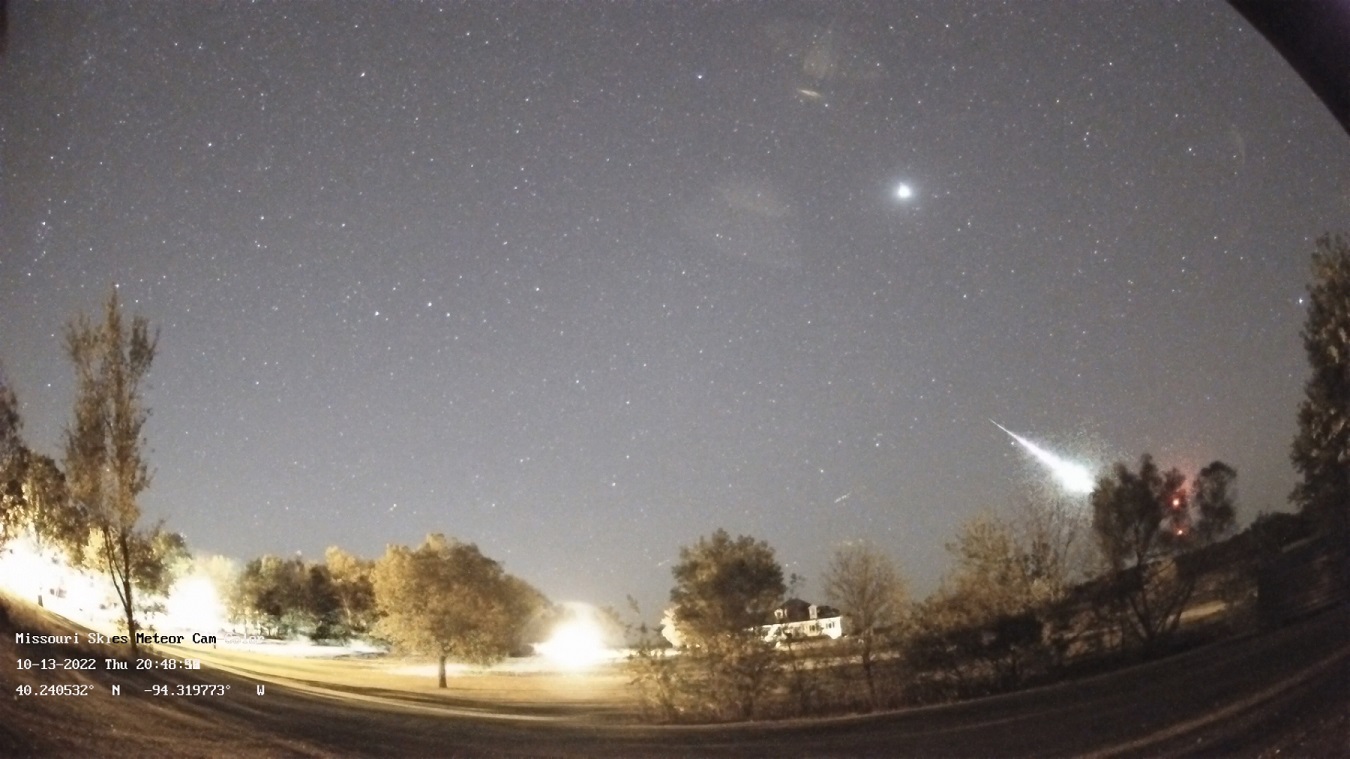
Daniel Bush captured this bright fireball on October 13, 2022, at 20:49 CDT (01:49 UT on Oct. 14 ) as…
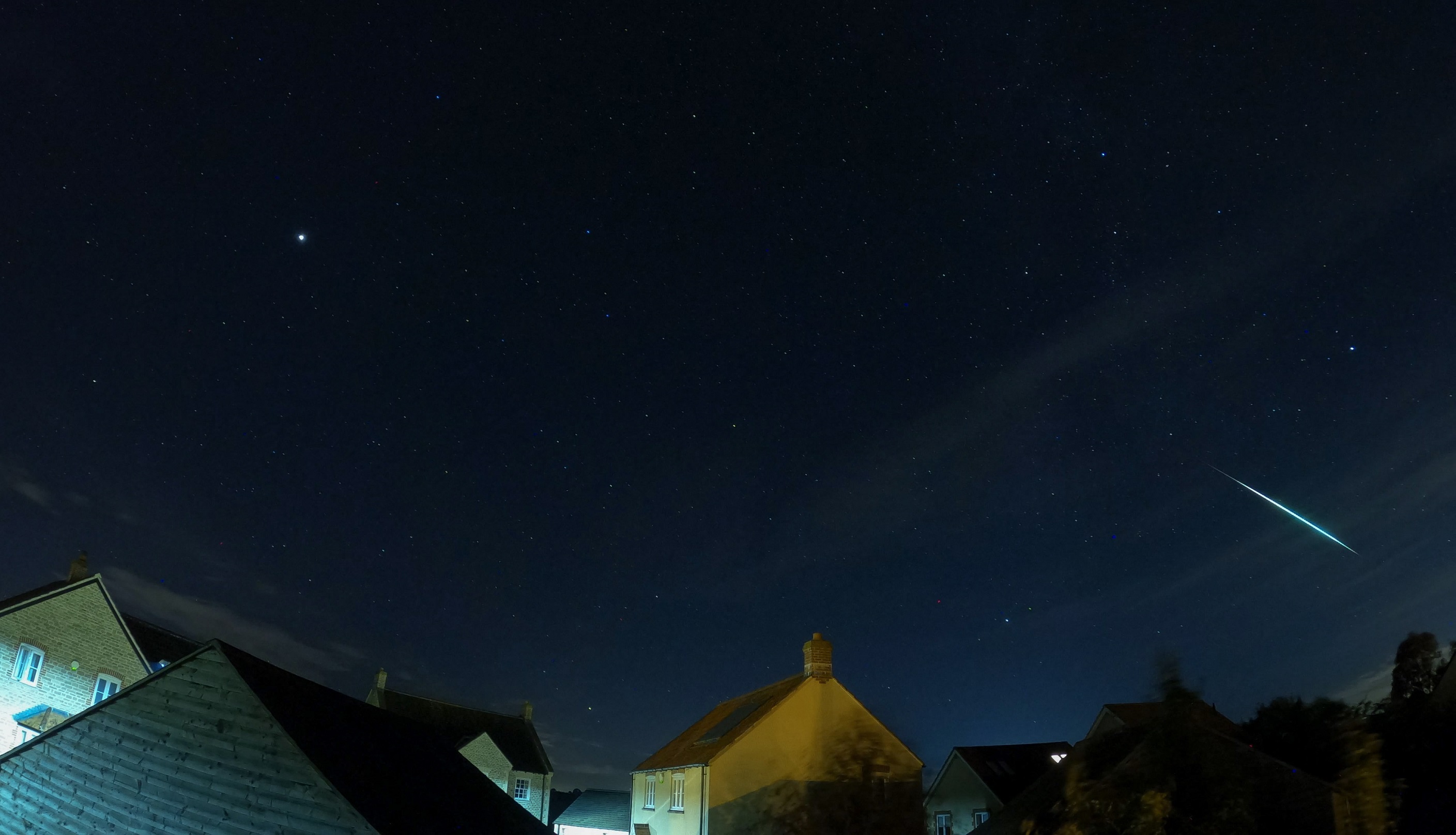
Paul Maggs captured this bright fireball using his GoPro camera on September 23, 2022, at 02:00 BST (01:00 UT )…
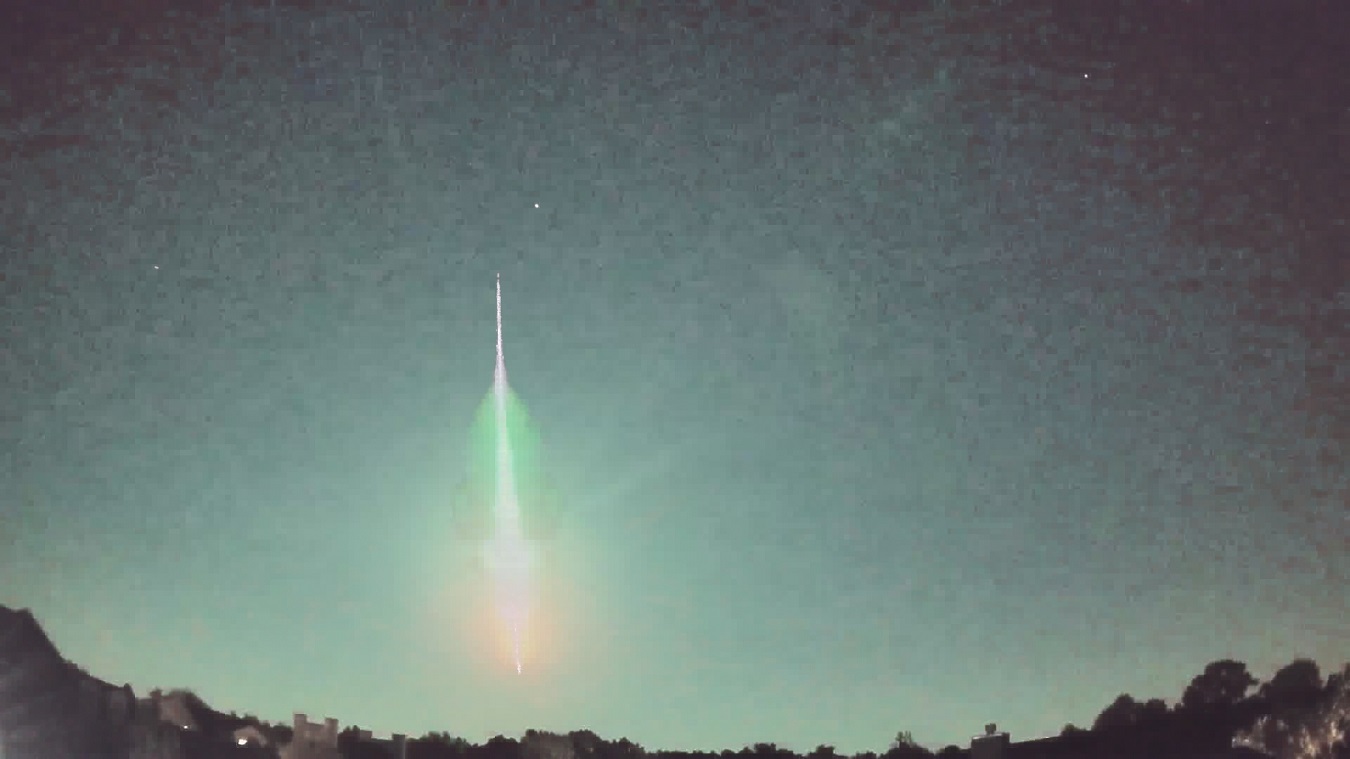
Ed Albin captured this incredibly bright fireball using his AllSky7 camera meteor video system on September 26, 2022, at 00:04…
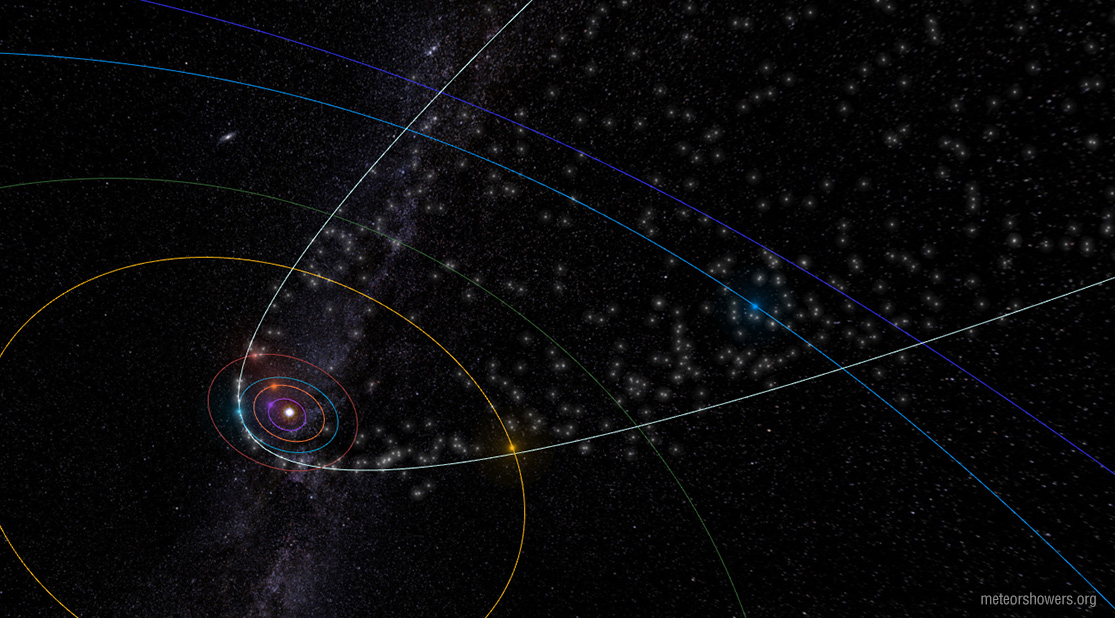
The Lyrids are particles shed from comet 1861 G1 Thatcher, which last passed through the inner solar system in 1861. Don’t expect this comet to return anytime soon as its orbit has been calculated to be near 415 years!
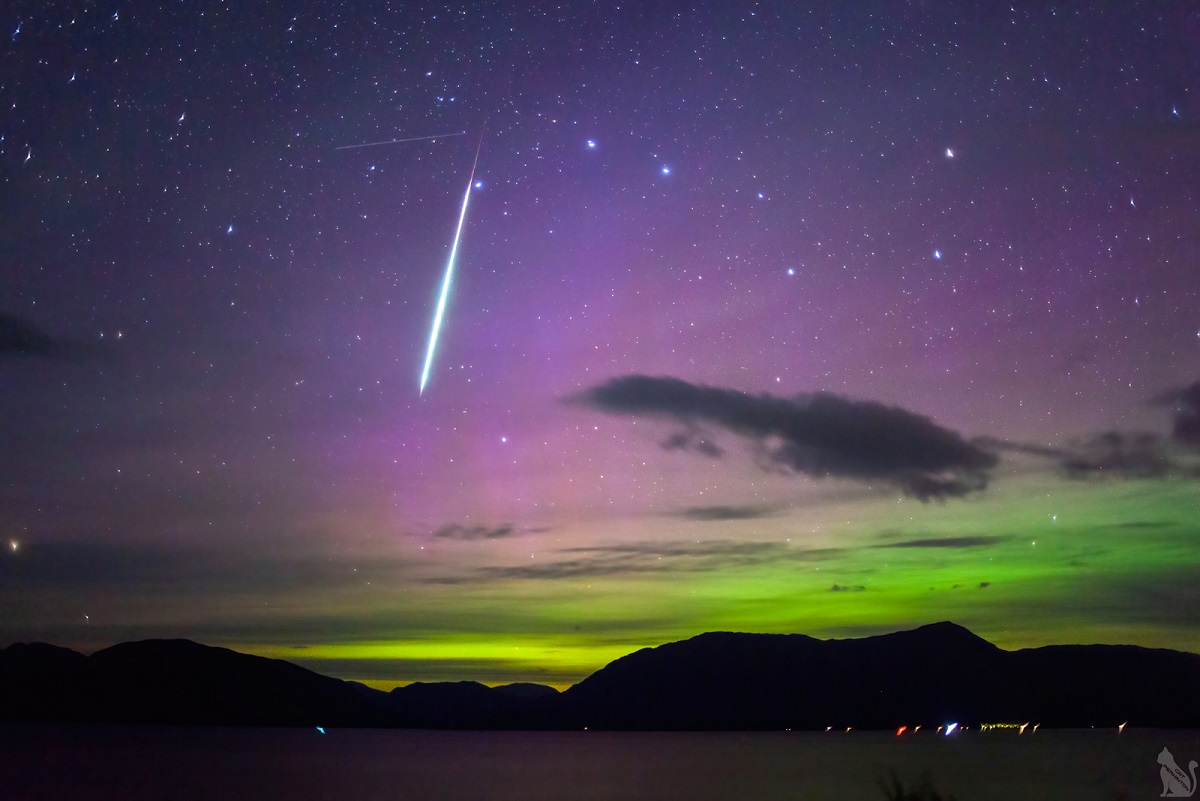
Catherine Perkinton was out photographing a colorful aurora display when this brilliant fireball shot through the field of view of the…